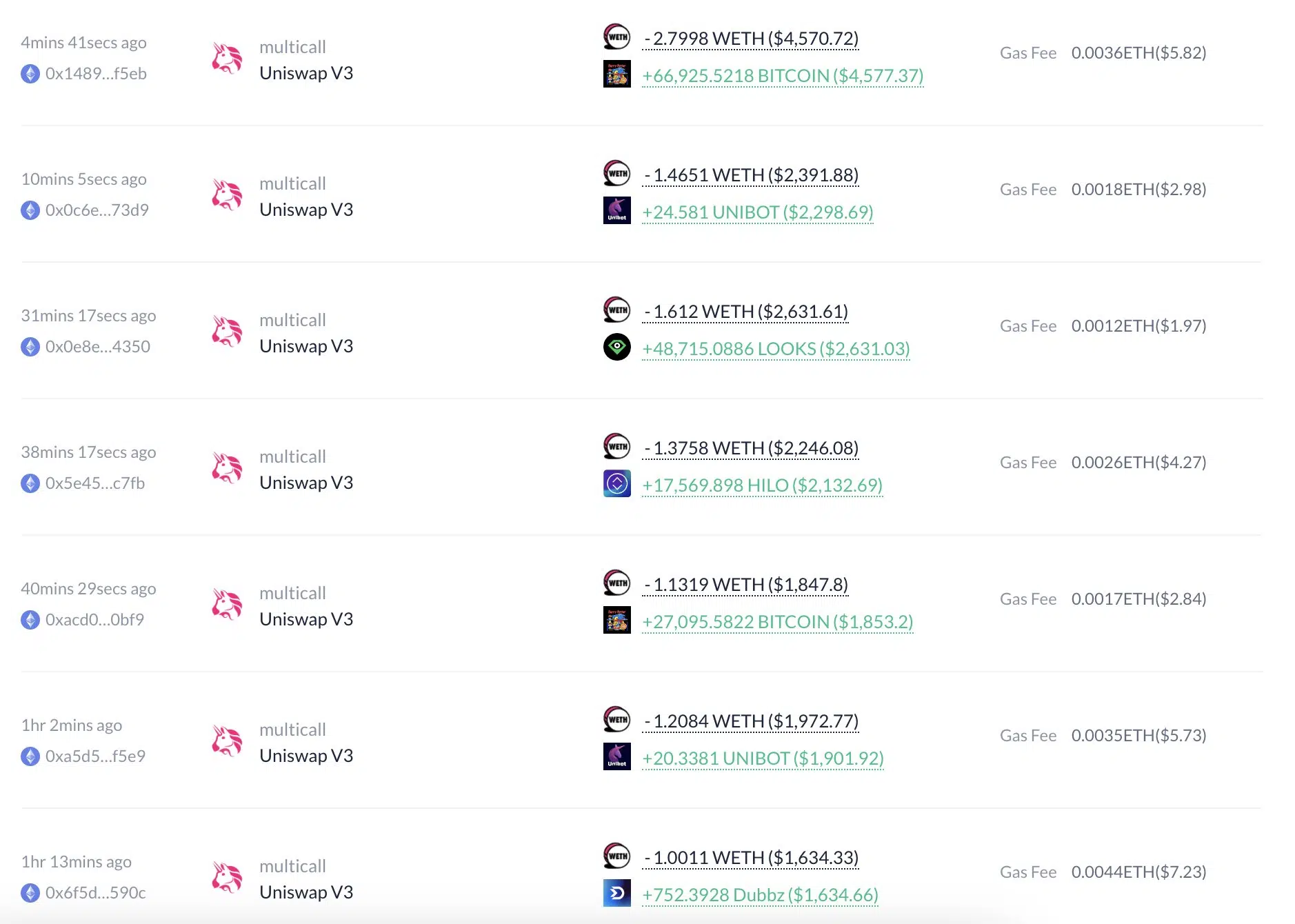Decoding the Utility of Signal Indicators in Forex Trading
Forex buy-sell signal indicators, essentially mathematical algorithms analyzing and predicting market metrics for potential points of entry and exit, play a pivotal role in currency trading. These automated indicators are instrumental in avoiding the pitfalls of emotional trading decisions and allowing traders to focus on statistical data driving the trends. Equipped with the right indicators, traders can make informed predictions about future price movements and tailor their strategies accordingly. Long-term profitability in foreign exchange trading often demands an intricate understanding of these signal indicators’ operation and potential benefits.
Understanding the Forex Market and Signals
Consistently making profits in the foreign exchange market requires precision, strategy, and an in-depth understanding of market movements. Within this volatile environment, many traders have turned to Forex signals to guide their buy and sell decisions.
Forex signals are trade ideas indicating the market trends in real-time. Generally, there are two types of Forex signals – manual and automated. While expert traders frequently provide manual signals, automated signals are generated by computer software using mathematical algorithms to examine the currency market.
Key Characteristics of Forex Signal Indicators
Forex signal indicators bear a few noteworthy characteristics including:
- Signal Generator: This function generates the buy and sell signals. These signals are usually marked on the currency charting platform, indicating potential points to enter or exit trades.
- Data Analysis: Signal indicators analyze Forex market data including price action data, technical indicators, and updated financial news.
- Signal Interpretation: The software interprets and presents the data in a user-friendly format, so traders can swiftly grasp the market changes and adjust their strategies.
Types of Forex Buy-Sell Signal Indicators
Several types of signal indicators cater to various trading styles and risk-tolerance levels. Major ones include:
- Trend Indicators: Trend indicators or Trend-following Indicators, as the name suggests, indicate whether a certain currency pair is in an uptrend or downtrend. For instance, Moving Averages, Parabolic SAR, and MACD are popular trend indicators.
- Momentum Indicators: Momentum indicators highlight the speed at which the price of an asset moves in a particular direction, including the RSI, Stochastic Oscillator, and CCI.
- Volume Indicators: These indicators show the volume of currency trades during a particular period, signaling whether traders should stick to their positions or steer clear. Examples include Money Flow Index and On Balance Volume.
Navigating Forex Signal Indicators
Navigating Forex signals from these indicators can often be quite complex, particularly for newcomers in the trading world. The process involves several steps:
1. Choosing Suitable Indicators: Not all signal indicators fit all trading strategies or market conditions. Hence, traders must cautiously choose the signal indicators that can meet their specific trading objectives and risk tolerance.
2. Setting Up the Indicators: Traders can install the signal indicators on their trading platforms, such as MetaTrader. They are usually found in the platform’s navigation bar.
3. Interpreting the Signals: Traders should read and interpret the signals accurately. For instance, a sell signal appears when the currency price crosses below the line on the signal indicator chart.
4. Making Trading Decisions: Based on the signal indicators, traders can decide whether to buy, sell, or hold a currency pair.
Advantages and Disadvantages of Using Forex Signal Indicators
Being aware of the pros and cons can help traders manage their expectations while using Forex signal indicators:
Advantages
- Statistical Analysis: Signal indicators provide statistical data from the currency market, which is more reliable than making decisions based on instincts or assumptions.
- Automation: Signal indicators automate parts of the trading process, reducing the pressure on traders and aiding those who lack advanced trading skills.
- Trading Consistency: By adhering to the signals, traders can maintain greater consistency in their trading approach.
Disadvantages
- Lagging Indicators: Some signal indicators are ‘lagging,’ which means they follow the price movements and trends, potentially leading to delayed entry and exit points.
- Redundant Signals: At times, signal indicators generate redundant signals, which can lead to confusion or missteps in trading.
- Dependency: Overreliance on signal indicators can lead to traders becoming lazy in their analysis, which can undermine their trading skills over time.
Final Word
While Forex buy-sell signal indicators can provide valuable inputs and ensure a data-driven trading approach, nothing replaces sound forex education, diligent market analysis, and real-world experience. Hence, traders should work towards a balanced combination of technological tools and their trading acumen to achieve long-term success.
Remember, risk management is paramount within all aspects of forex trading, and this also applies when using signal indicators. Therefore, ensure that you always set stop losses and take profits at logical levels, rather than solely depending on what signal indicators show.
References
- Forex Trading: A Beginner’s Guide. (n.d.). Investopedia. https://www.investopedia.com/articles/forex/11/why-trade-forex.asp
- How to Read Forex Charts. (n.d.). BabyPips. https://www.babypips.com/learn/forex/how-to-read-forex-charts
- The Top 5 Technical Indicators for Profitable Trading. (2016, July 19). Trading Strategy Guides. https://tradingstrategyguides.com/top-5-technical-indicators/
Summary
- Forex buy-sell signal indicators are tools used in currency trading to help traders determine when to buy and sell pairs. These indicators represent algorithms that analyze various aspects of the forex market to generate trading signals.
- These indicators come in several types, including technical indicators that analyze past market activity, fundamental indicators that consider economic and political events, and hybrid indicators that combine both technical and fundamental analyses.
- Forex buy-sell signal indicators can be beneficial for both newbie and experienced traders. Novice traders can use these indicators as a learning tool to understand market trends and make informed decisions, while experienced traders can use them to confirm their trading decisions.
- However, forex buy-sell signal indicators should not be used in isolation. Traders should also consider other factors such as geopolitical events, economic news, and market sentiment. They should also be aware of the risk of false signals and should only rely on indicators from reliable sources.
- Furthermore, even the most accurate forex buy-sell signal indicators can not guarantee success in forex trading. Forex trading involves high risk and traders should only invest money that they can afford to lose. Always, traders should thoroughly understand the use of these indicators and be willing to devote time to market study and analysis.


